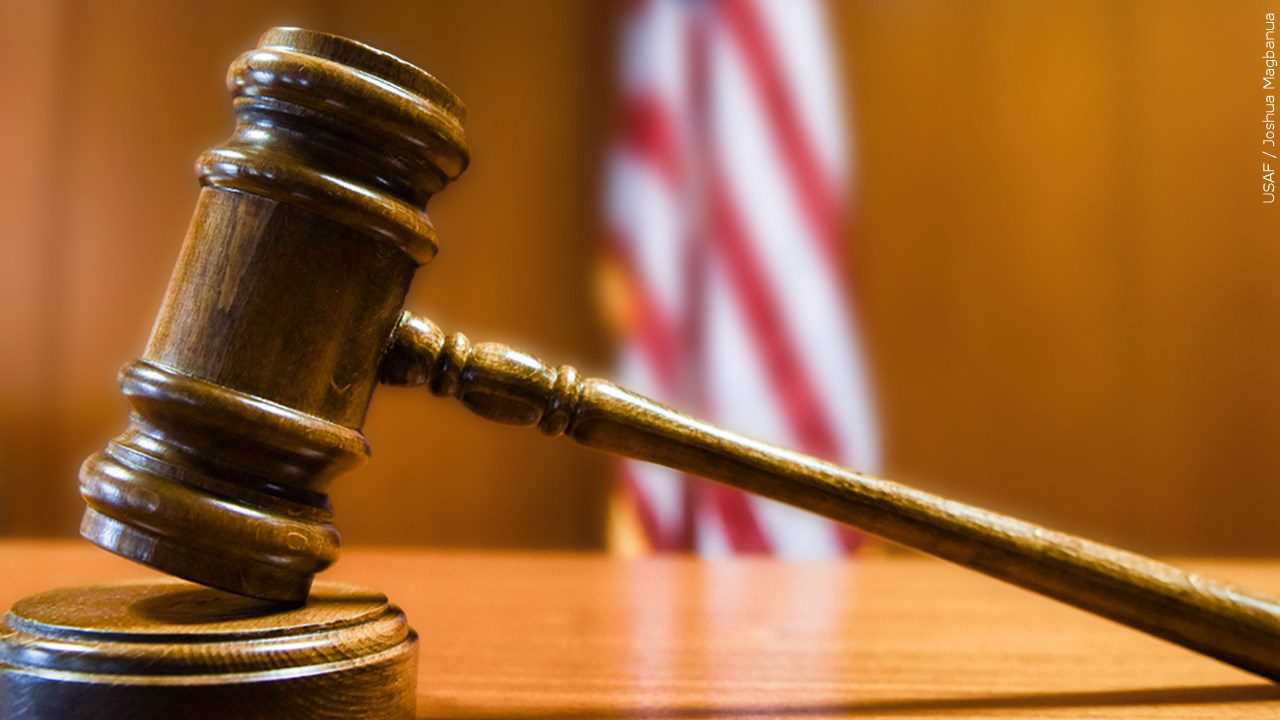Minnesota high court hears debate on cameras in courtroom

Courtesy: MGN / USAF / Joshua Magbanua
(KSTP) – The Minnesota Supreme Court heard arguments on Tuesday whether to permanently allow cameras in the courtroom, following trials by ex-police officers Derek Chauvin and Kim Potter that were watched by millions of people around the world.
A panel made of judges, prosecutors and defense attorneys recommended the court keep its ruling on cameras nearly the same. Its current ruling on cameras in state criminal cases typically aren’t allowed before sentencing unless all parties agree.
Presiding Hennepin County District Court judges were initially opposed to cameras in the courtroom for the trials of Chauvin, in the murder of George Floyd, and Potter for the killing of Daunte Wright.
Both judges, Peter Cahill and Regina Chu, changed their minds in part because of immense public interest and COVID-19 limitations.
The topic has been a debate for years, however things started heating up in 2021 when the Chief Justice asked a committee to look into the issue.
Tuesday, the committee chair told justices the panel decided not to recommend exceptional cases, but instead, offer up a list of deciding factors as to when cameras are allowed.
“We didn’t just provide factors, we gave you a two-step process, a two-step process for a district judge to decide if there’s a notice. If there’s a notice in front of him or her, the first question that judge would have to ask – would that violate constitutional statutory or other rights, are their due process rights going to be violated? The committee’s view that was the most important factor of things that need to be considered,” said Judge Richard Kyle Jr., the Chair of the Supreme Court Advisory Committee.
An advisory committee made up of Minnesota judges, attorneys and court personnel is recommending the court continue its routine of keeping out cameras. Minnesota media outlets – including KSTP-TV – and advocacy groups say it’s time the state embraces the technology like neighboring Iowa, Wisconsin and North Dakota.
Advocacy groups also say cameras would increase public transparency and hold public officials accountable.
“I do think its valid that the extreme, the terrible, the really bad cases, are the ones that the community reacts most strongly to. The George Floyd (case) s the perfect illustration of that. Those are terrible cases, and the community – not just the victim and the immediate family that suffers – the whole community is deeply troubled when things like that happen. It’s sort of a failure of the community. So, by covering those – especially which the news media will have to do – you give an outlet of community concern,” said Mark Anfinson of the Minnesota Broadcast Association and Newspaper Association.
Another big topic is how this could affect communities of color.
The court is then expected to make a final decision on a later date.
The Associated Press contributed to this report.